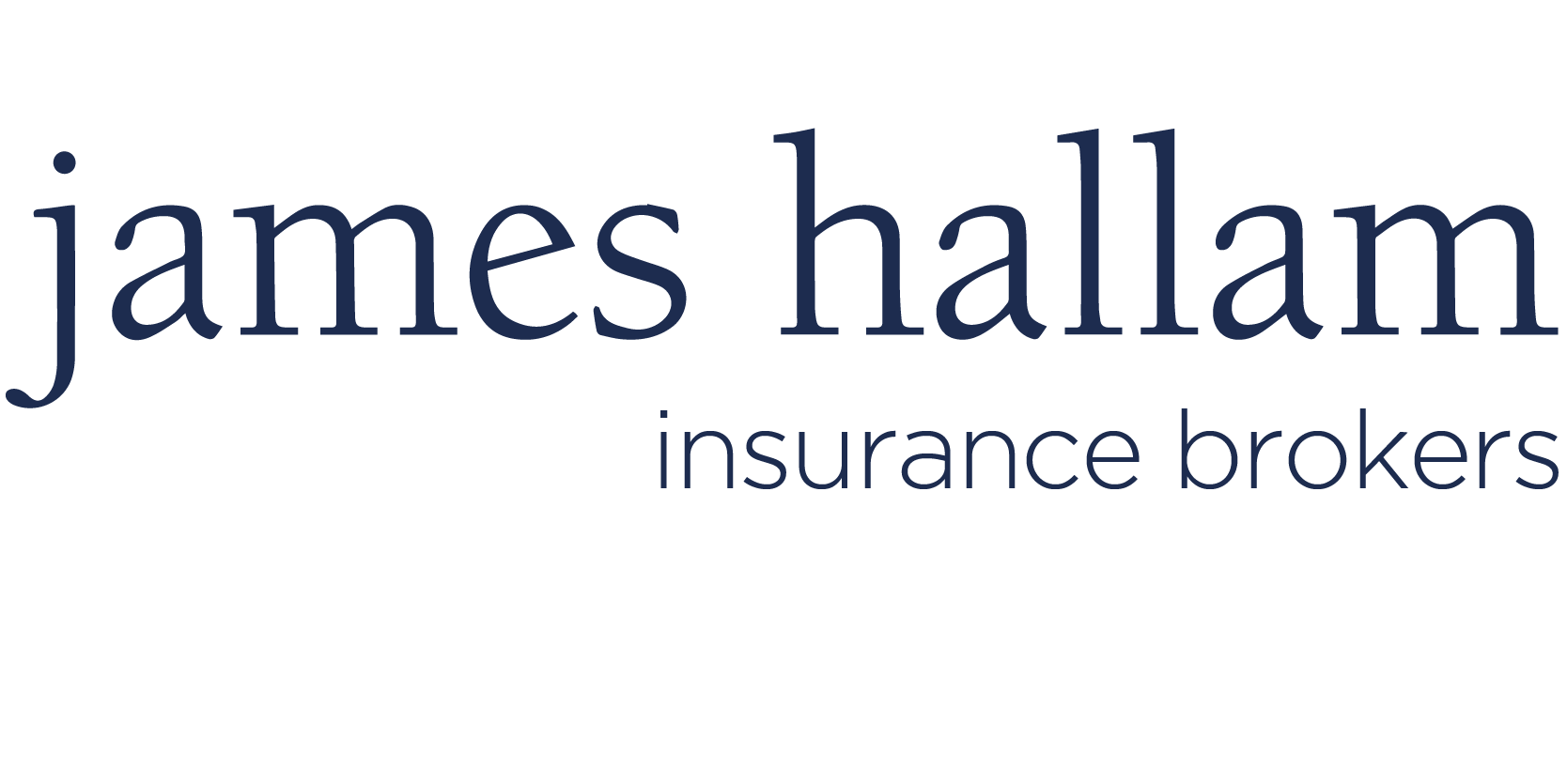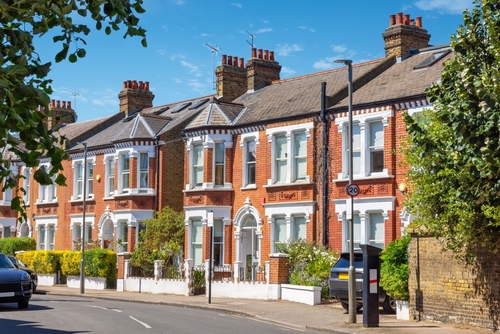If you offer any kind of beauty therapist services, then you need specialist beauty therapist insurance to cover you, and your customers, for all of the risks associated with your services.
In this post we will outline what is included in beauty therapist insurance, and why you need it.
What is Beauty Therapist Insurance?
Beauty therapist insurance is specialist cover for beauticians of all kinds, including:
- Beauty therapists
- Hair and beauty consultants
- Hairdressers
- Nail technicians
- Make-up artists
- Massage therapists
- Manicurists
- Pedicurists
- Salon owners
- Mobile hairdressers or beauticians
What Types of Treatments Can Beauty Therapy Insurance Cover?
Beauty therapist insurance can cover a range of treatments, including:
- hairdressing
- barbering
- facials
- makeup
- spray-on tans
- massages
- body wrapping
- eyelash and eyebrow treatments
- ear piercing and more
It can also cover more specialist treatments, including:
- microblading
- dermaplaning
- microdermabrasion
- hydrotherapy and more
What is Included in Beauty Therapist Insurance?
You can tailor your beauty therapist insurance policy to meet your exact requirements. But most policies will include the following cover:
Treatment Risk Insurance
There are risks involved in many of the treatments you might provide as a beauty therapist. A customer could have an allergic reaction to a product you use, for example. Or you might accidentally injure a customer while applying a treatment. If a customer makes a claim against you, treatment risk insurance can cover any legal fees or compensation that might be due.
Professional Indemnity Insurance
If a customer is unhappy with your work, or if they believe you have mis-sold or misrepresented your services, they may make a claim against you. In this case, professional indemnity insurance can cover any compensation or legal fees that may arise.
Contents Cover
This is cover for the equipment you use to apply your treatments, along with any products you might use. It can also cover your administration and IT equipment, including salon furniture, cash registers, smartphones, tablets, and laptops.
Buildings Cover
If you own or manage a beauty salon or a hairdressers, buildings insurance is cover for your premises against fire, flood, theft, and other events.
Public Liability Cover
If you own or manage a beauty salon or a hairdressers, public liability insurance can cover your customers, along with any other members of the public, for any accidents or injuries they sustain while on your business premises.
If you are a mobile hairdresser or beautician, public liability insurance can cover any accidents that may take place while you are visiting a client’s home – such as spilling a bottle of nail varnish, or accidentally scorching a surface with some hair straighteners.
Employer’s Liability Insurance
If you employ any staff, then you have a legal requirement to get employer’s liability insurance. This will cover you staff for any accidents, illnesses, or injuries they may sustain while on the job.
Do I Need Beauty Therapist Insurance?
Yes. You have a legal requirement to get some forms of cover, such as employer’s liability insurance. Certain professional bodies may also require you to get cover as part of their membership. Plus, if you rent a chair at a salon, or if you run a salon yourself, you may have a contractual obligation to get certain forms of cover.
But even if there were no legal or regulatory requirement to get beauty therapist insurance, we would still strongly advise you to get all the cover you need. If something ever goes wrong with your treatment, your customers could make a claim against you. This could result in excessive legal fees, and even more excessive compensation payments. Without cover, you would be liable to pay these fees yourself.
Also, without cover, even the smallest mishap could sink your business completely. If any of your equipment were lost or damaged, for example, would you be able to afford replacements? With beauty therapist insurance, you would be able to recover from most setbacks with the minimum of disruption to your business.
Specialist Beauty Therapist Insurance From James Hallam
James Hallam is an independent, family-run Lloyd’s broker. Since 1982, we have helped hundreds of beauty therapists across the UK get the insurance they need at the best price. Whether you are running a single hair or beauty salon, or a chain of salons, or a mobile beautician service, we can help you get specialist cover at a competitive price.
Learn more about our specialist beauty therapist insurance services.












